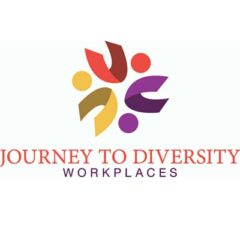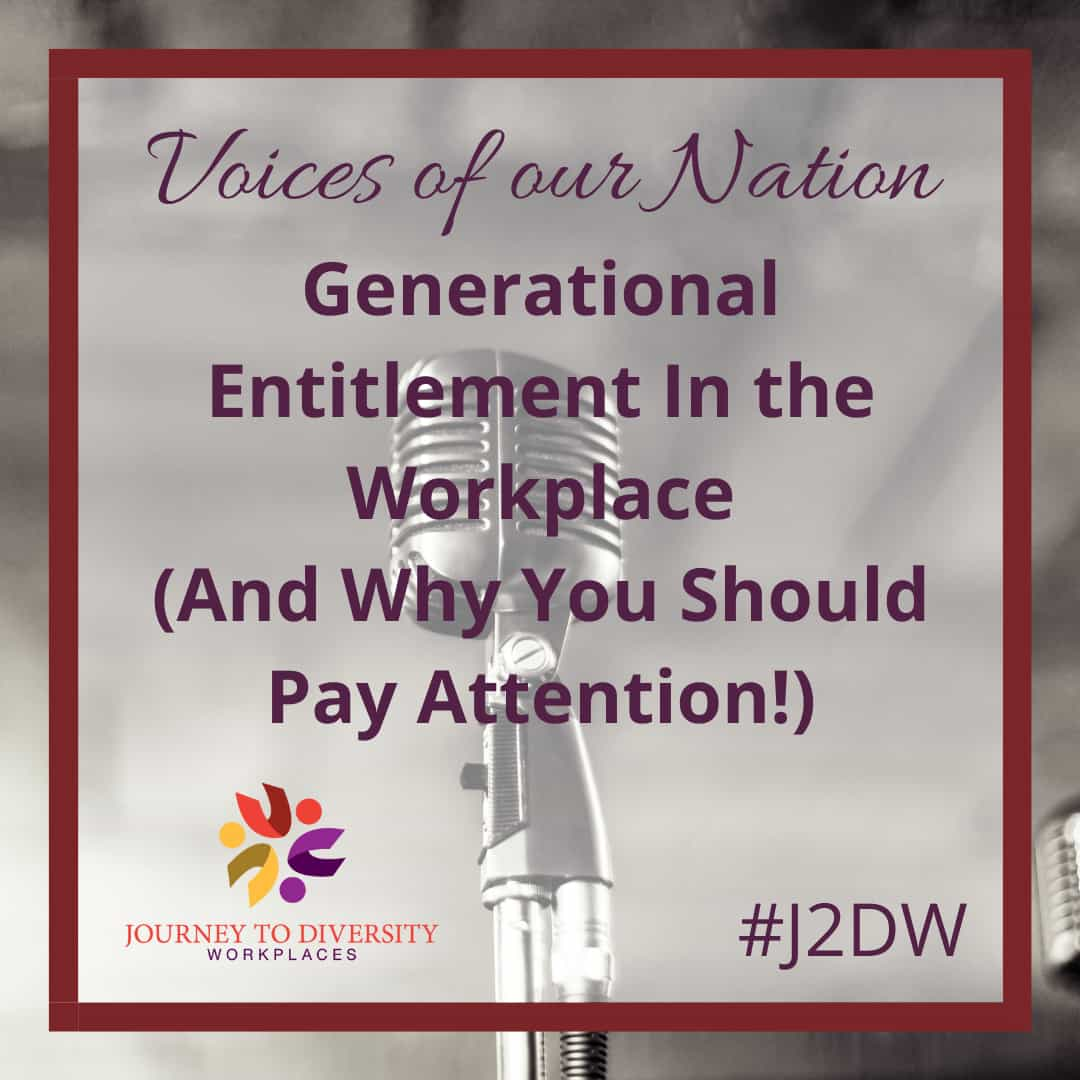Generational diversity is a term that refers to a broad range of different perspectives/ideas accustomed to previous experiences and behaviors in a business setting. There has not been a distinct time in recent history in which all five generations (Gen Z, Millennials, Gen X, Boomers, and even Traditionalists) have shared the same work environment together, as generally speaking, the average Traditionalist will be retired by the time the average Gen Z will be looking for work. Nowadays, however, this method has changed. The average Canadian citizen is retiring later, as employees become more interested in staying socially engaged and mentally sharp as they grow older. This is also due to the fact that housing prices, groceries, and frankly everything else has grown a large price tag, and many cannot afford to retire when it is ideal. As multiple generations seek fusion and collaboration, ageism, otherwise known as Age Discrimination is a hurdle many workplaces are trying to overcome. Gen Z, Millennials, Gen X, Boomers, and Traditionalists have each been brought up with different generational morals and societal rules, and individuals from those generations are not always so willing to let go of their beliefs to align themselves with their coworkers.
Ultimately, the world spins at a different pace for each generation. As an example, David and Miranda come from different generations. David believes that the workplace should be more inclined toward social justice, primarily with the use of technology and using hashtags to show support of social justice movements. Meanwhile, Miranda did not grow up with a heavy technological influence, and thus feels more inclined to organize an in-person community walkout to show their support of a given cause. Both ideas can be viewed as effective, but the two employees may bicker over which idea is more effective, seeking to dismiss the other’s opinions based on generational entitlement.
Traditionalists, otherwise known as the oldest members of the current workplace, were brought up during various historical tragedies such as the Great Depression and WWII where the main priority was an economic rebound. The average member of this age group is thought of as disciplined/hard working, and tend to present themselves in a conservative manner. Baby Boomers followed the Traditionalists. They were raised as more optimistic and hopeful for a future of expansion post WWII. While there is not a huge age gap in terms of years between these two generations, we can already see that a new light is shone on how these individuals may approach a situation intuitively. Gen X (1965-1980) were the generation of new hope. This generation was known as the working class, as they often grew up with working parents that pushed their children to find professional fields they were interested in, with technology on the rise. Once the “tech driven world” became established post Gen X times, Millennials were encouraged to become entrepreneurs and collaborate in work environments. Finally, Gen Z are the newest members of the workforce, known as the “digital natives” for their strong proficiency and attachment to social media platforms. Gen Z is also a generation that strives for inclusivity and diversity, and has made the most global impact thus far.
All this goes to show that each generation is extremely different, and has become more progressive over the decades. The most efficient workplaces will have a mix of people from every generation because each individual will approach a business decision in a manner that is unique to both the company and employees. A company that is strictly composed of Baby Boomers or strictly composed of Gen Z members has failed to introduce its clients and representatives to the idea of overcoming stereotypes, prejudice, and discrimination. Generational Entitlement is not going away unless we tackle these challenges.
Avoiding stereotypes and biases goes a long way when working towards overcoming generational entitlement. In order to work successfully in a multigenerational workplace communicating with each of your employees and learning about their working styles is important. Whether it be financial accounting or an elementary school board, David should not assume that just because Miranda is nearing her seventies that she is technologically illiterate. What David may not know is that Miranda went back to community college to pursue computational studies through the pandemic. Because everything was shut down, Miranda was forced to do her studies virtually, where she learned to communicate efficiently through digital media. Miranda may also have grandchildren that taught her some tips and tricks when it comes to technology. Similarly, Miranda should not assume that David has no interpersonal skills because his generation is so fixated on communicating through social media. For these reasons, it is important for managers to speak one-on-one with their employees to get to know their strengths and weaknesses, because while employees over the age of 55 tend to find technology more difficult to navigate (Rayome 2016), not all of these individuals are completely helpless, and in some areas may even perform better than their younger associates.
Adapting to multiple communication styles in the workplace is also a beneficial strategy. A team member needs to get in touch with a client, but depending on the generation that employee comes from, different approaches may be valued more. A Baby Boomer did not grow up with a cell phone or in a social media environment where they could just shoot their clients a text, and therefore may prefer making a phone call or physically delivering the message (if the workplace permits this) because that is their natural reaction to communication. A newer Gen Z employee may choose to contact a client through social platforms or texting because they were raised in a time period where landlines were not as popular, and everyone seemed to carry a wireless device. Because each generation learned a different communication style, managers should adopt various new styles of communicating. As a plus, a workplace that uses different communication styles can also create an environment where different generations can learn something from their counterparts.
A culture like this can only be created through the educating of employees and taking the initiative to understand the differences in history and communication styles for each generation. It is important to help our coworkers reject stereotypes and misinformation about generations as portrayed by the media, and to understand that the world is looked upon from different angles based on how an employee was brought up. Workplace leaders should begin by reaching out to their teams and discussing generational differences and similarities. An emphasis should be placed on combating generational shaming, and not assuming that some employees are illiterate to another’s strengths. This could look like an employee resource group being formed in an attempt to address generational issues, and to ensure that respect between different generations is part of a company’s long-term initiatives.
Sources
Mary Cooney, P. D. (2021, May 25). Understanding generational diversity: Why it’s important to the future workplace. LinkedIn. Retrieved August 7, 2022, from https://www.linkedin.com/pulse/understanding-generational-diversity-why-its-future-mary-cooney-phd/
Heather. (2022, March 15). How to manage generational diversity in the Workplace. Harver. Retrieved August 7, 2022, from https://harver.com/blog/generational-diversity-in-the-workplace/#Assumptions
This article was written by summer student Bayden Summers and edited by summer student Cossette Penner-Olivera. This article was funded by the Government of Canada.



